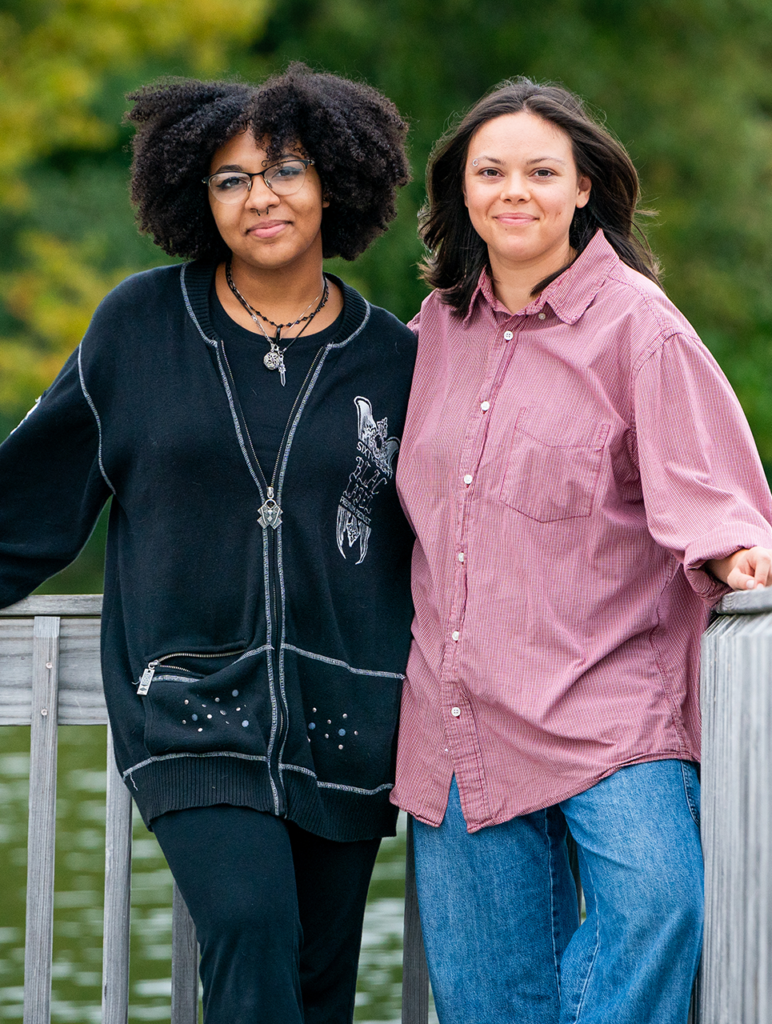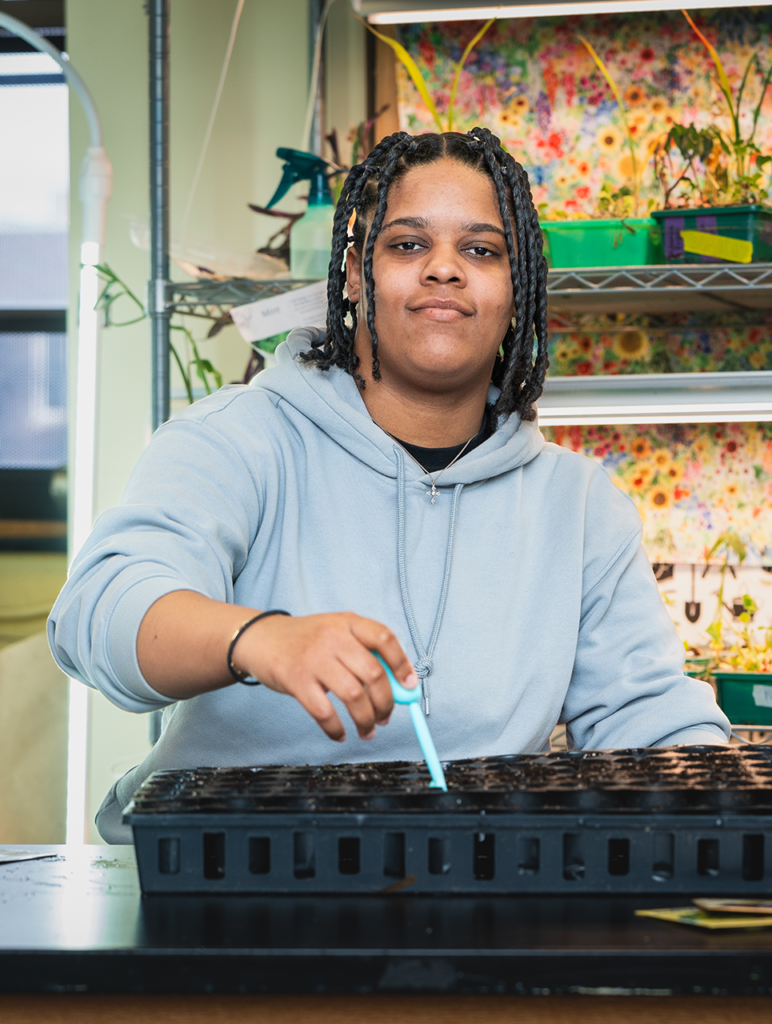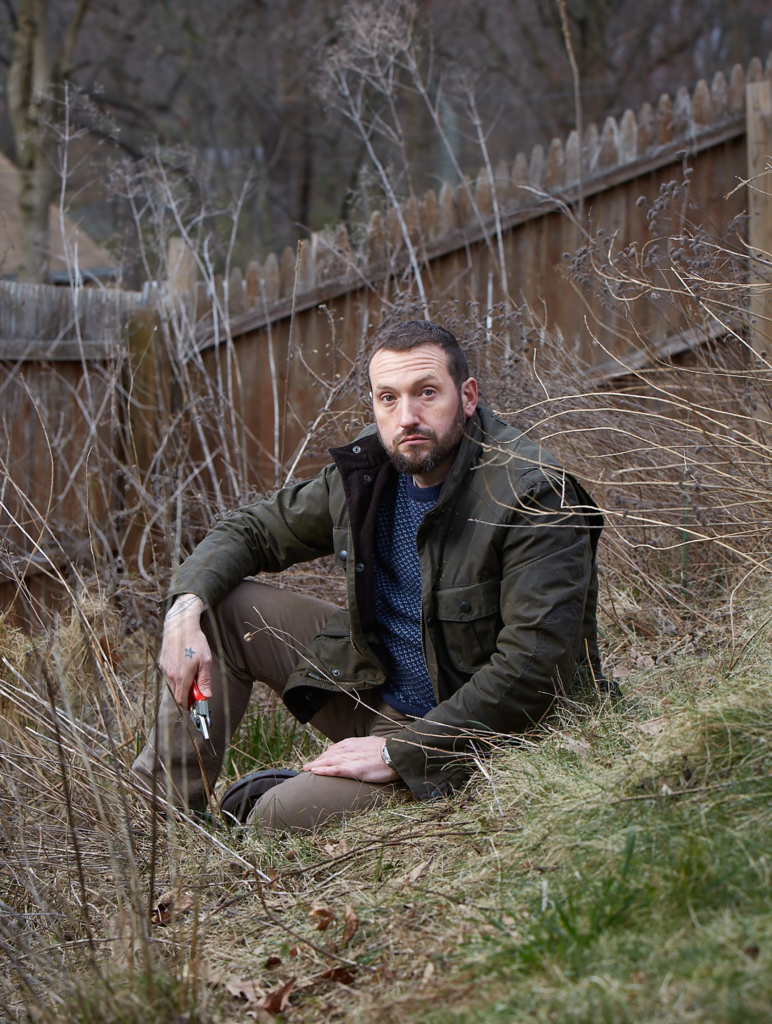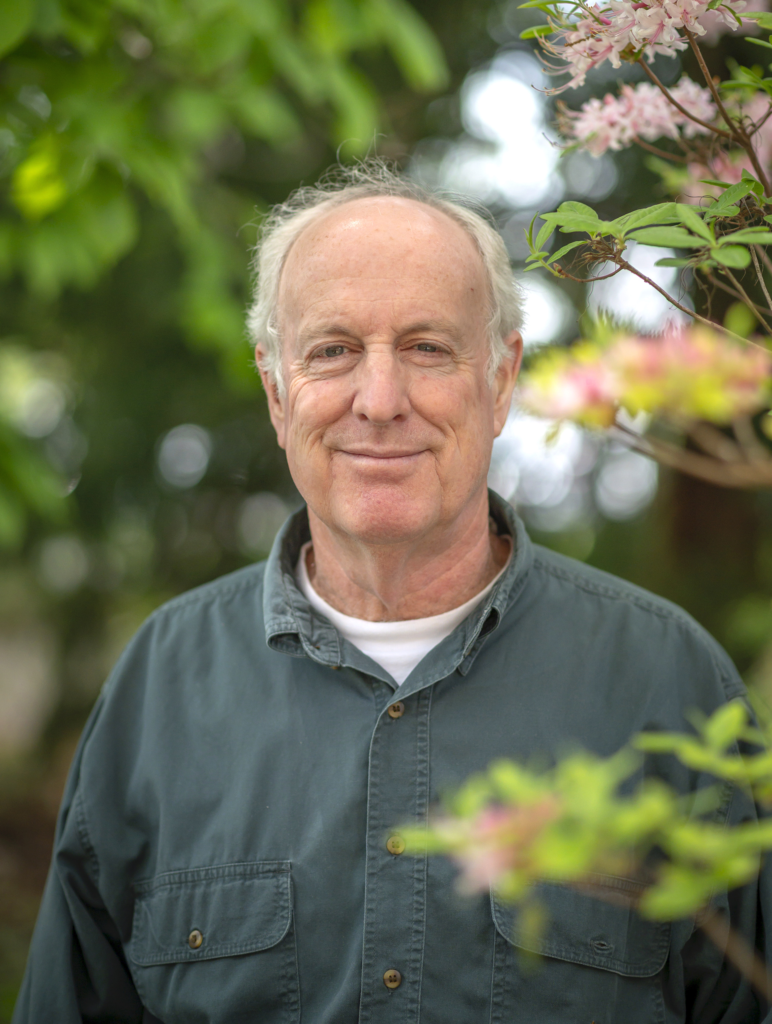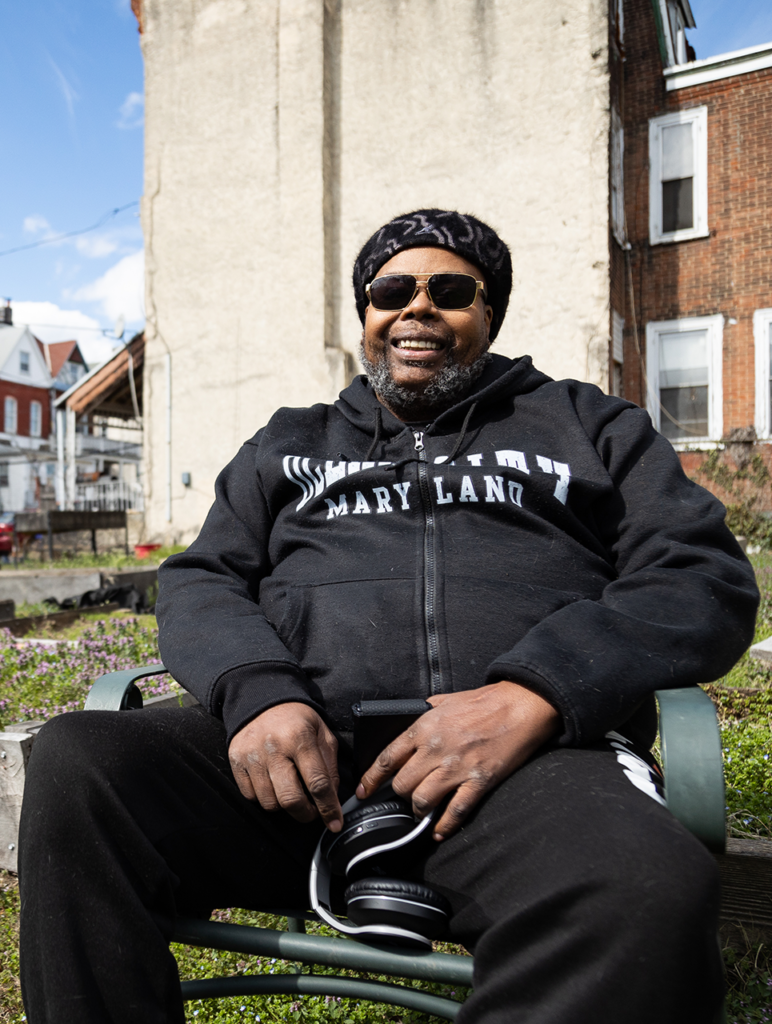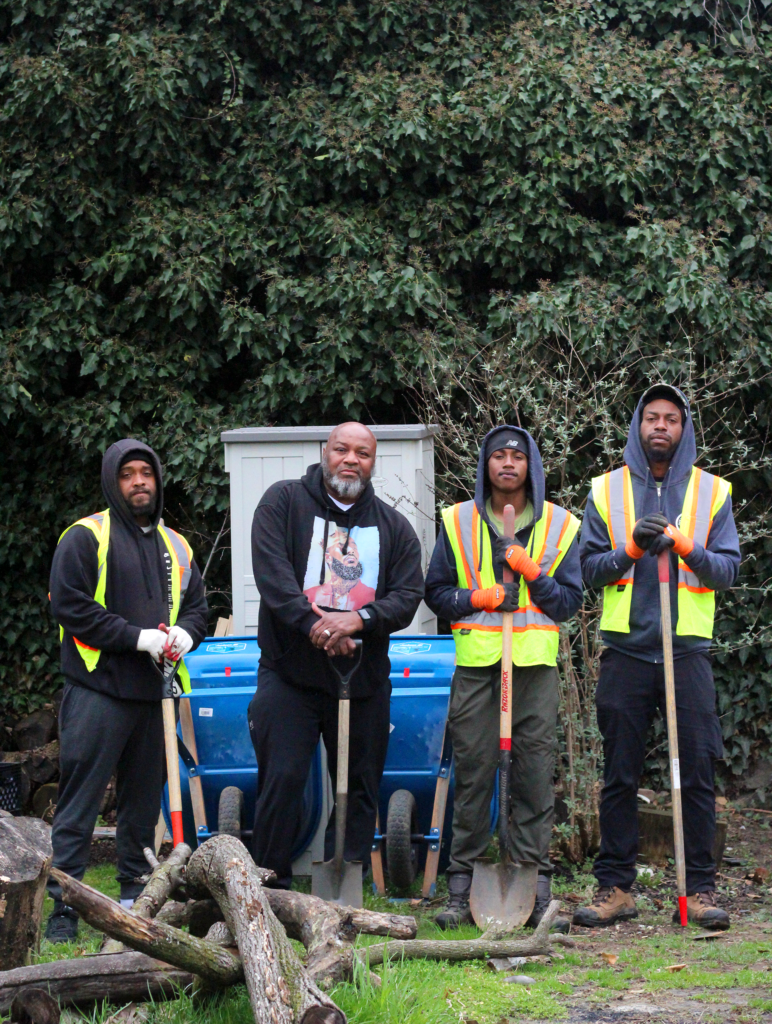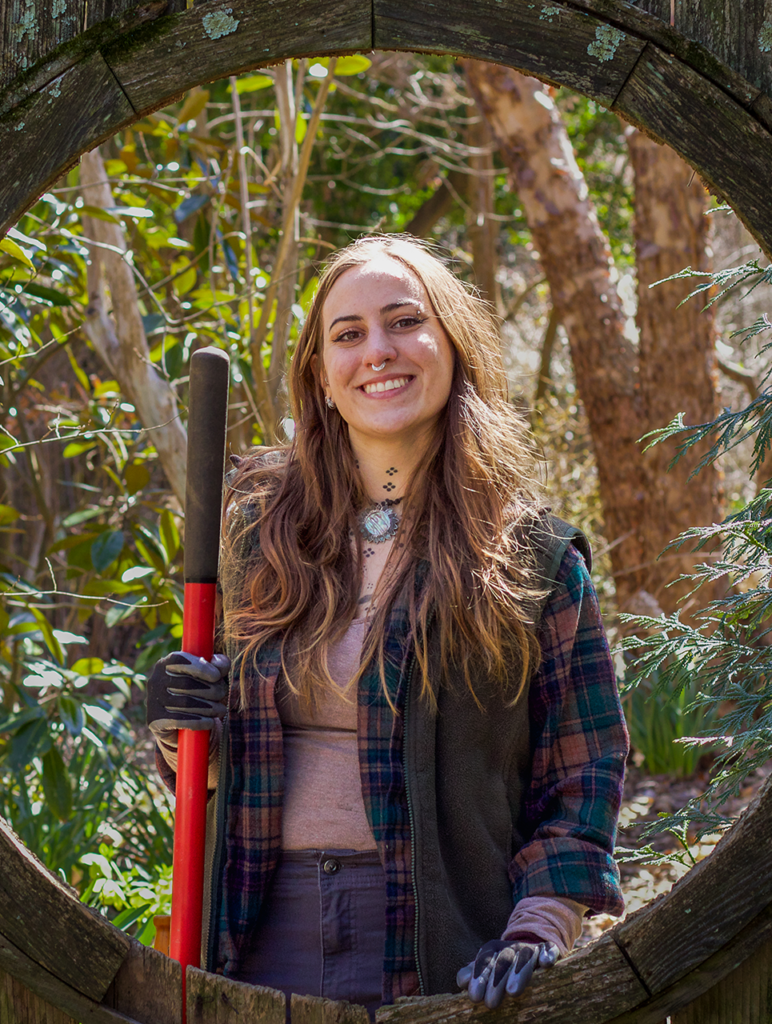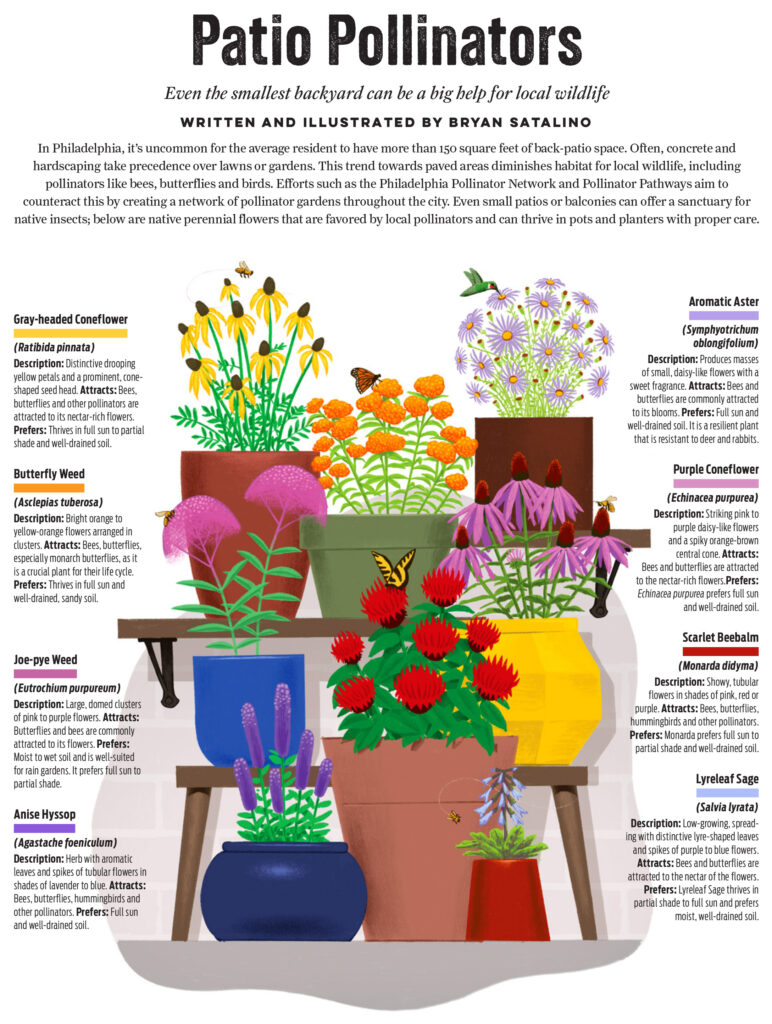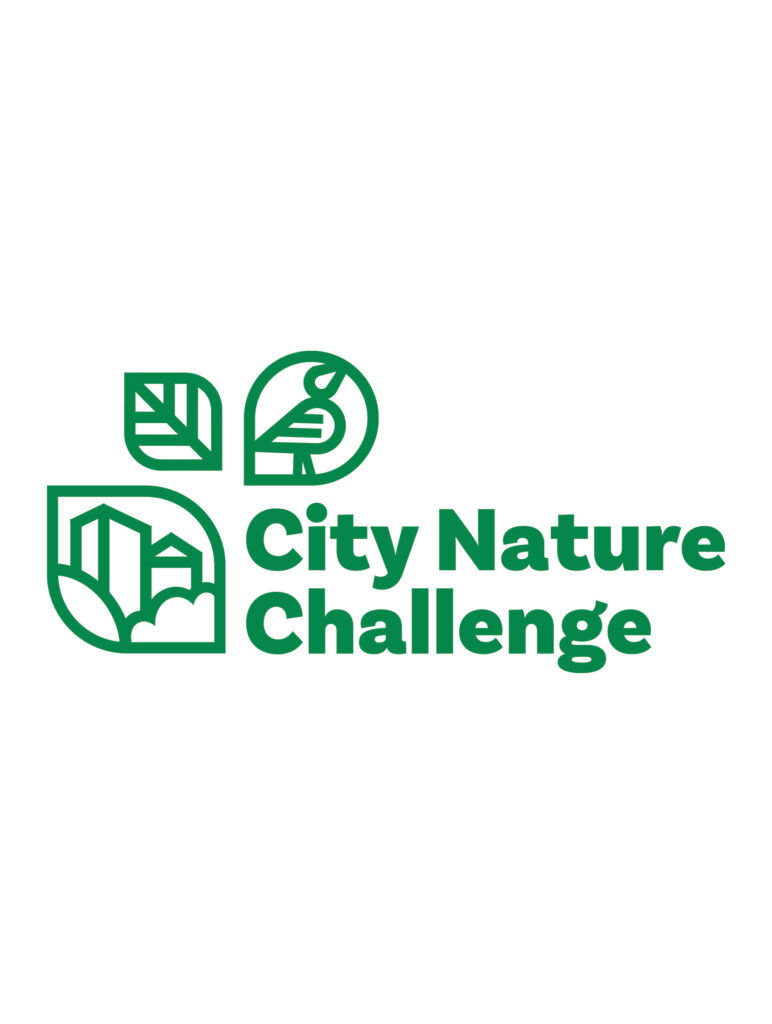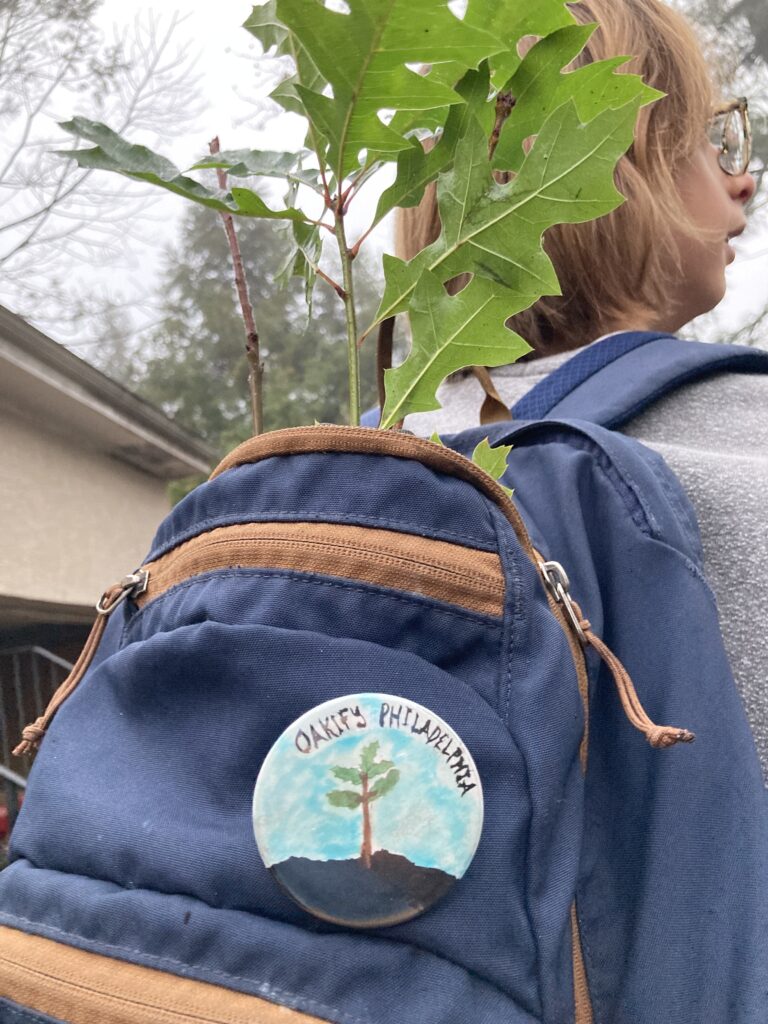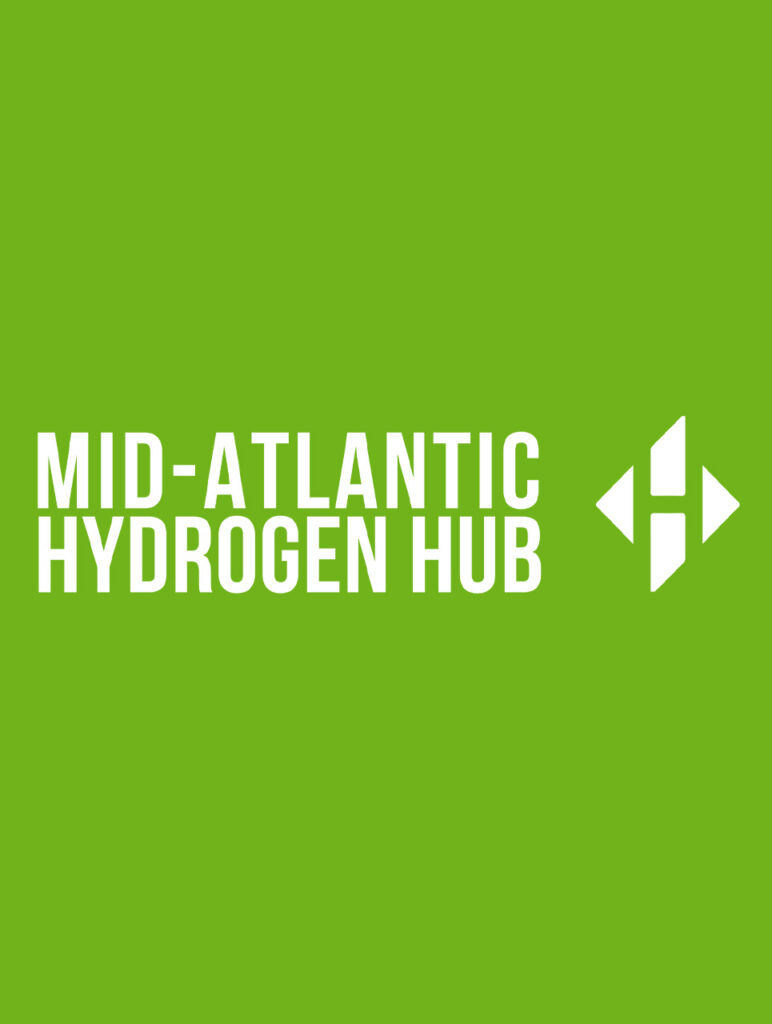On yet another wet weekend, a group of ten braced a downpour to walk along the trails of Strawberry Mansion’s Discovery Center for a wild plant tour. Their journey began at the trail entrance, where an innocuous weed was growing. Tour guide Lady Danni Morinich, a local herbalist and forager, identified the plant as yellow
MoreAmani Lee, a senior at The U School, hadn’t given gardening much thought until this year. As part of her school’s horticultural program, she’s now researching crops in Ukraine, Puerto Rico and the Dominican Republic. She is learning what the people in these countries grow and eat, and the stories behind their famous dishes. Under
MoreIn 2018, at 42 years old, I finally became a homeowner. I had landscaped my previous rental properties, only to have contractors destroy the plantings, or I would move, wondering if my plants persist. Now, I had autonomy over my property and could alter the grounds as I saw fit. More accurately, I had the
MoreSo you want to save the world? Start small: save your backyard. That’s the message University of Delaware professor Doug Tallamy has been trumpeting for decades. His work in the Department of Entomology and Wildlife Ecology fuses scientific scholarship with rhetorical flair, packaged into practical advice for everyone who owes their life to an ecosystem
MoreGardening was woven into Victor Young’s life at an early age. His mother and aunt introduced him to the concept of growing your own food as he helped them in their gardens as a kid. The West Philly resident tried to carry these lessons into adulthood — but not without hitting some obstacles. “I was
MoreMost mornings, Victoria Miles-Chambliss walks down the street from her home in Kingsessing to the Cecil Street Community Garden to drink a cup of coffee. Among the newly-planted native trees and echinacea plants, she sees something that was once a rare sight in her neighborhood: birds. “Our block has really changed since we put in
MoreBekah Carminati spent her childhood making mud pies and inspecting insects in her backyard in Montgomery County. When she grew up, she took up landscaping as a way to channel her love for craft and nature. But there was a problem. The company she worked for insisted on applying black dyed mulch, planting annuals and
MoreFrom April 26 to April 29, Philadelphia and its adjacent counties will be competing against cities around the world to recruit the greatest number of people to find the most species in their regions. Using the iNaturalist app as a tool, the City Nature Challenge encourages us to explore and document the biodiversity right where
MoreBy Noah Raven and Francis Raven We filled our backpacks with over a dozen trees: chestnut oaks, black cherries and red mulberries, as well as two shovels, a pair of clippers, two pairs of gloves and several wooden stakes to label each of the seedlings. Our goal was to plant them in a degraded area
MoreOn Feb. 21, 32 environmental justice organizations submitted a joint letter protesting the first public meeting on the proposed Mid-Atlantic Hydrogen Hub (MACH2) that is scheduled to take place on March 11. The letter calls for the meeting to be made more accessible to community members who would be affected by MACH2, which is set
More

